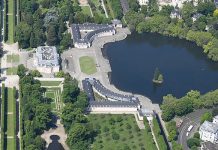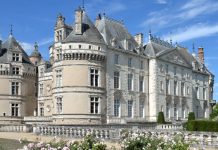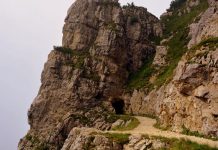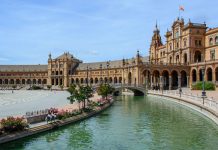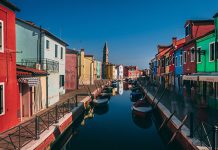In Spain, there are many cities, towns and villages that have retained their original appearance for many hundreds of years. Avila is not an exception. It is located 110 km from Madrid at an altitude of 1128 meters above sea level.



A settlement on this site existed in the pre-Roman era. With the arrival of the Romans, the it began to grow, and the defensive structures were erected. Traces of the Romans have survived to this day.


Attractions in Avila
In those distant times, Avila was located near the border with Mauritania. To protect themselves from the raids of the Moors, the inhabitants of the town, young and old, have been building a fortress wall for 9 years. This grandiose defensive structutre with 85 towers and 9 gates, reaching a height of 12 meters in some places, has been fully preserved to this day, and is the main attraction of the town.


Many churches and monasteries have been built in Avila as well. Particularly noteworthy is the Cathedral of St. Salvador. Its construction was started in the 12th century and took more than 200 year. The appearance of the cathedral is severe, but at the same time beautiful. It is decorated with incredible beautiful stone carvings, and inside there is a museum that tells about its history.



The monastery of St. Thomas is also interesting, and has the royal palace attached to it. The palace was built at the end of the 15th century and used to be the summer residence of Isabella I of Castile and Fernando II of Aragon.


At the beginning of the 16th century, Teresa of Avila, the patroness of Spain, was born here. She made the town famous all over the world. At the age of 20, Teresa fled to the Carmelite monastery of the Incarnation, where she spent many years. There she realized that the charter of the monastery was far from evangelical principles and required reform. Teresa received permission from the Pope to establish her own small monastery in Avila. The monastery of St. Joseph, created by Teresa, still exists.


Over time, on the site of the house where the saint was born, the monastery of St. Teresa appeared. The building, designed by the architect Alonso de San José, has an impressive baroque façade.
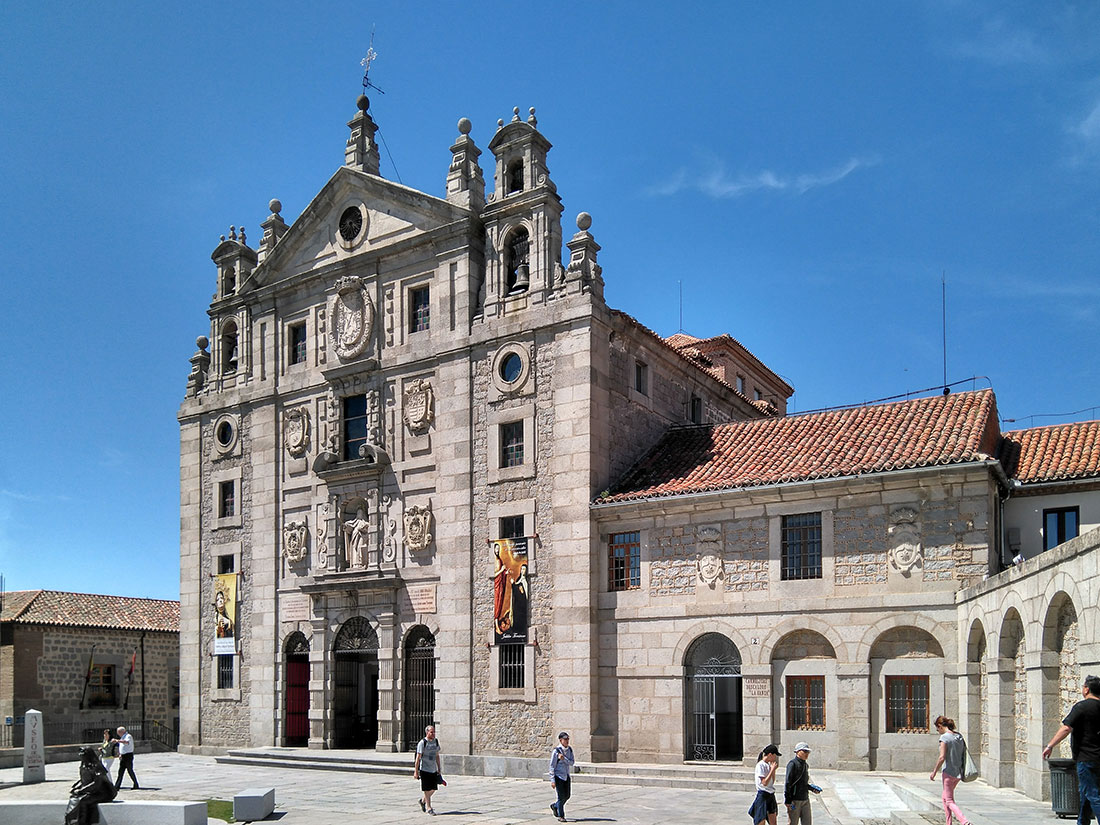
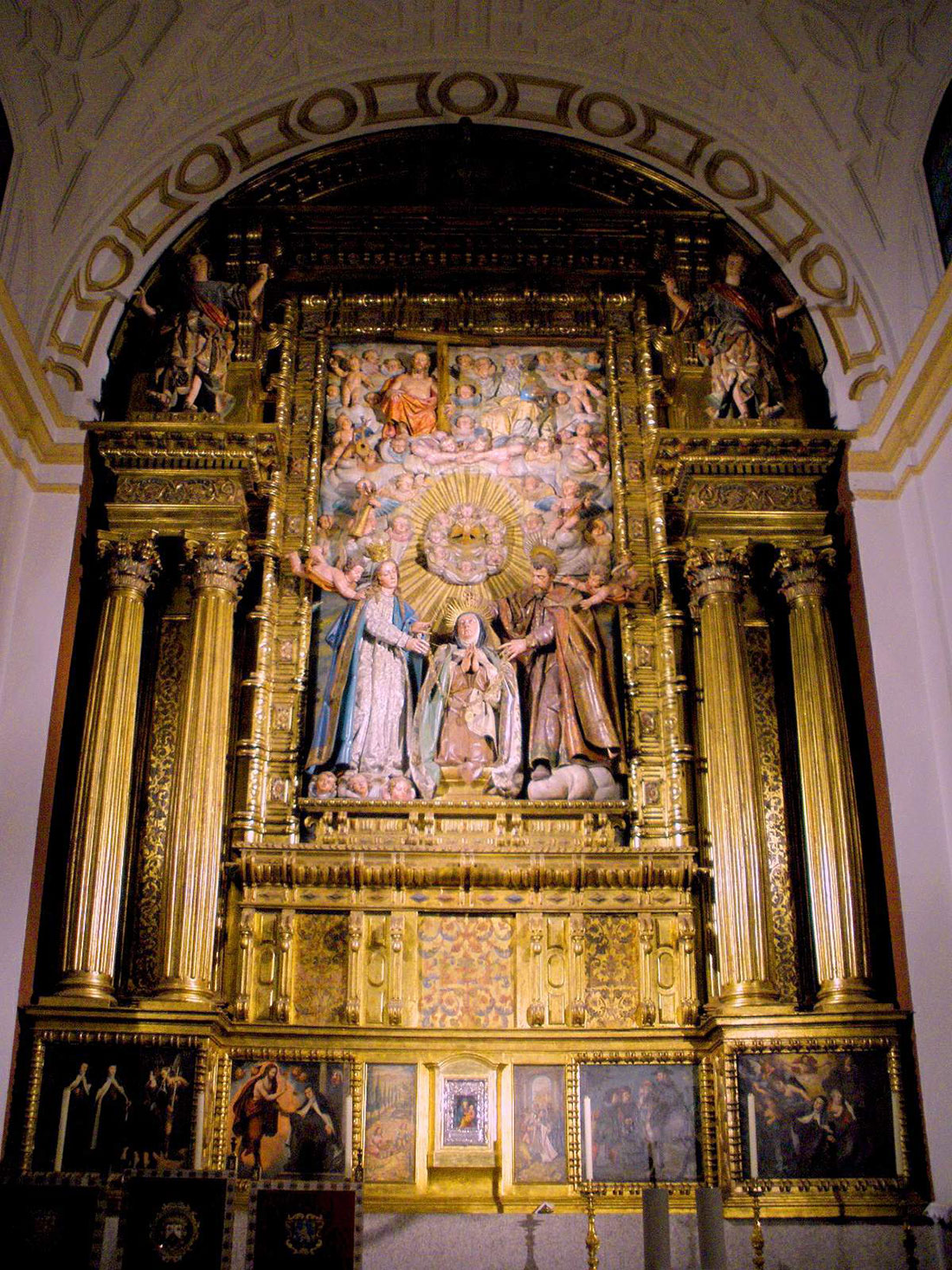
The unique medieval atmosphere of the town is being carefully preserved. Ancient cathedrals and monasteries are still active. And a great fortress wall stands on guard of all this for many centuries.



